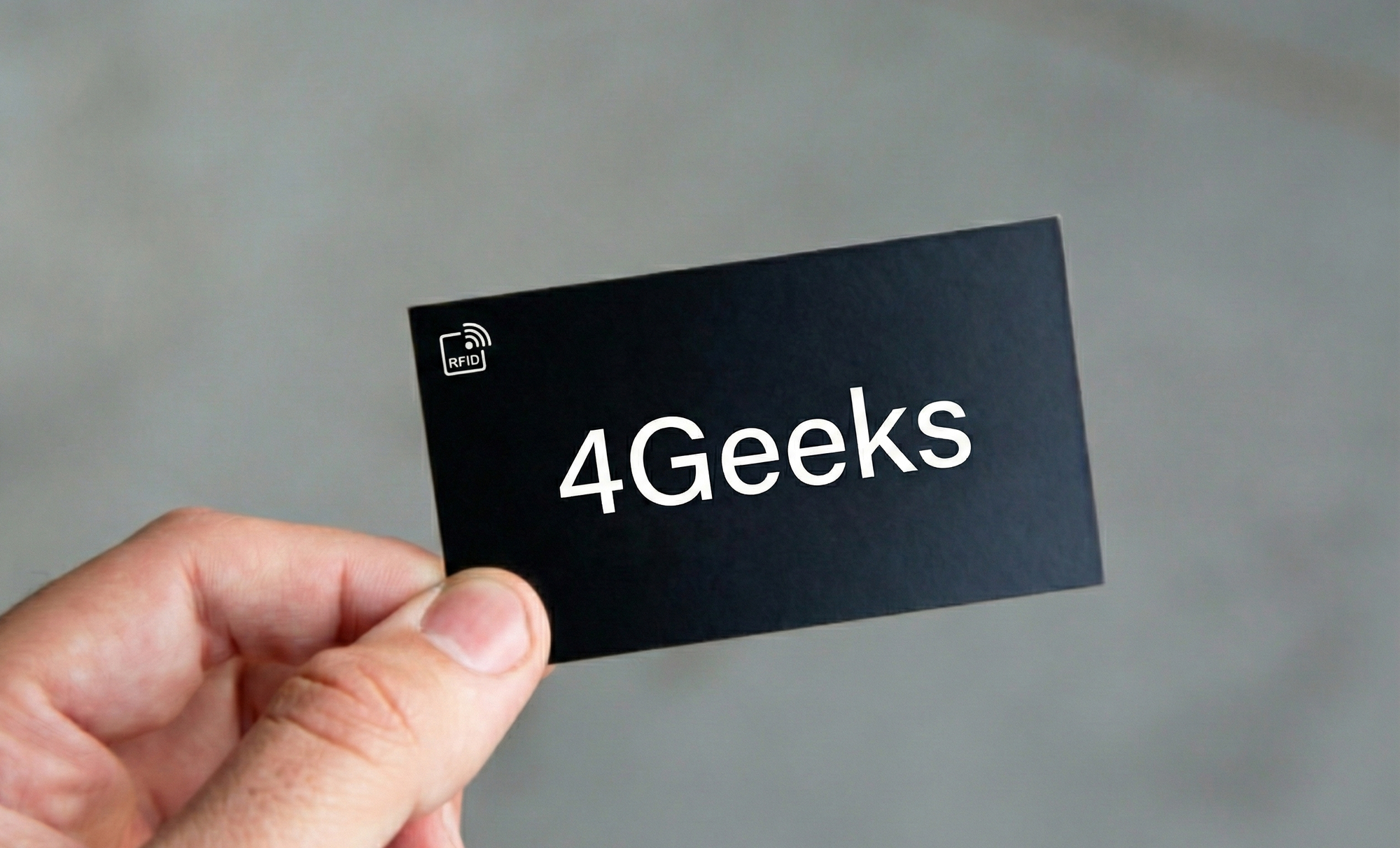How Smart Buildings and Connected Systems Can Improve Hospital Care
Smart buildings and connected systems are revolutionizing hospital care by improving energy efficiency, enhancing patient safety, facilitating remote monitoring, and enabling data-driven decision-making, ultimately leading to better patient outcomes and a more efficient healthcare system.

The healthcare industry is undergoing a digital transformation, driven by advancements in technology and a growing demand for better patient care. Smart buildings and connected systems are at the forefront of this revolution, offering a plethora of opportunities to enhance hospital operations and improve patient outcomes. From optimizing energy consumption to enhancing patient safety and facilitating remote monitoring, these technologies are revolutionizing the way hospitals function.
This article delves into the transformative power of smart buildings and connected systems in hospital care, exploring the benefits, challenges, and future possibilities.
Optimizing Energy Consumption: A Sustainable Future for Healthcare
Energy efficiency is a crucial concern for hospitals, which are often large, energy-intensive facilities. Smart building technologies can play a significant role in reducing energy consumption and lowering operational costs. Building automation systems, for instance, can automatically adjust temperature, lighting, and ventilation based on occupancy and real-time conditions, minimizing energy waste.
A study by the U.S. Department of Energy found that hospitals can achieve significant energy savings by implementing smart building technologies. The study estimated that a 20% reduction in energy consumption is achievable through measures such as smart lighting control systems, optimized HVAC systems, and building envelope improvements.[1]
Beyond cost savings, energy efficiency also has environmental benefits. Hospitals have a large carbon footprint, and reducing their energy consumption can contribute to a greener healthcare system. By embracing smart building technologies, hospitals can play a vital role in mitigating their environmental impact and promoting sustainability.
Enhancing Patient Safety: Technology for a Safer Healthcare Environment
Patient safety is paramount in healthcare, and smart building and connected systems can contribute significantly to creating a safer environment. Real-time monitoring systems can track patient vital signs, medication administration, and other critical factors, enabling prompt intervention in case of emergencies.
For instance, smart beds equipped with sensors can detect falls and automatically alert staff, reducing the risk of injuries. Furthermore, connected systems can support medication management by ensuring accurate dosage and timing, minimizing the risk of errors.
The benefits of these technologies are evident in real-world scenarios. A study published in the Journal of Hospital Infection found that the use of smart beds with fall detection systems resulted in a significant reduction in patient falls and associated injuries.[2]
Facilitating Remote Monitoring: Expanding Access to Healthcare
Smart buildings and connected systems can extend healthcare services beyond the traditional hospital walls. Remote patient monitoring systems, enabled by wearable sensors and telemedicine platforms, allow healthcare professionals to monitor patients' conditions remotely, providing personalized care and reducing the need for frequent hospital visits.
Studies have shown that remote patient monitoring can lead to improved patient outcomes, reduced hospital readmissions, and lower healthcare costs.[3] For example, a study published in the Journal of Telemedicine and Telecare found that remote monitoring of patients with chronic obstructive pulmonary disease (COPD) resulted in a significant reduction in hospital admissions.[4]
This technology is particularly beneficial for patients with chronic conditions who require frequent monitoring and support. By enabling remote care, hospitals can expand access to healthcare services for patients in underserved areas and promote better health outcomes.
Data Analytics for Improved Decision Making: Transforming Healthcare Insights
Smart building and connected systems generate vast amounts of data that can be used for data analytics and insights. This data can be analyzed to identify trends, optimize workflows, and improve decision-making across various hospital departments.
For example, data from patient sensors and wearable devices can be used to predict potential health complications and intervene early. Similarly, data from energy consumption systems can be analyzed to optimize energy management and reduce costs. Data from building security systems can be used to improve safety and security protocols.
The ability to collect and analyze data provides hospitals with valuable insights that can lead to better patient care, improved efficiency, and reduced costs. Hospitals can make data-driven decisions that optimize operations, improve patient outcomes, and enhance the overall quality of care.
Challenges and Considerations: Overcoming Obstacles for Successful Implementation
Despite the significant benefits of smart buildings and connected systems, implementing these technologies in hospitals presents its own set of challenges. Some of the key considerations include:
1. Security and Privacy: Protecting Sensitive Patient Data
Hospitals handle sensitive patient data, and ensuring its security and privacy is paramount. Cybersecurity threats are increasingly prevalent, and hospitals must invest in robust security measures to protect patient information. Implementing strong access controls, encryption protocols, and regular security audits is crucial to protect patient data from unauthorized access and cyberattacks.
2. Interoperability: Ensuring Seamless Communication Between Systems
Hospitals use various systems and technologies, and ensuring interoperability between these systems is essential for effective data sharing and collaboration. Adopting open standards and APIs can facilitate communication between different systems, allowing data to flow seamlessly and enabling a holistic view of patient health information.
3. Staff Training and Adoption: Empowering Healthcare Professionals
Healthcare professionals need to be trained to effectively use and manage smart building and connected systems. Implementing these technologies without adequate training can lead to resistance and hinder adoption. Hospitals must invest in training programs to equip staff with the skills and knowledge needed to leverage these technologies effectively.
4. Cost Considerations: Balancing Investment with Return on Investment
Implementing smart building and connected systems requires significant upfront investment. Hospitals need to carefully evaluate costs and assess the potential return on investment. Conducting feasibility studies and cost-benefit analyses can help hospitals make informed decisions about technology investments.
4Geeks: A Trusted Partner for Healthcare Digital Transformation
4Geeks is a leading technology and business growth expert, specializing in helping healthcare organizations navigate the complexities of digital transformation. 4Geeks can provide the following:
- Expert Consulting: 4Geeks offers expert consulting services to help hospitals assess their needs, develop a comprehensive digital strategy, and implement smart building and connected systems effectively.
- Technology Solutions: 4Geeks provides a range of technology solutions, including building automation systems, patient monitoring devices, telemedicine platforms, and data analytics tools, tailored to meet the specific requirements of hospitals.
- Training and Support: 4Geeks offers training programs and ongoing support to ensure successful implementation and maximize the benefits of these technologies.
By partnering with 4Geeks, hospitals can leverage their expertise and experience to accelerate their digital transformation journey and achieve their goals of improved patient care, operational efficiency, and cost savings.
Conclusion
Smart buildings and connected systems are not just technological advancements; they represent a paradigm shift in healthcare. By optimizing energy consumption, enhancing patient safety, facilitating remote monitoring, and enabling data-driven decision-making, these technologies are transforming the way hospitals operate and providing a brighter future for patient care.
The healthcare industry is embracing innovation at an unprecedented pace, driven by the need to improve patient outcomes, reduce costs, and enhance the overall patient experience. Smart buildings and connected systems are at the forefront of this revolution, offering a plethora of opportunities to create a more efficient, effective, and patient-centric healthcare ecosystem.
As we look towards the future of healthcare, it is clear that smart buildings and connected systems will play a crucial role in shaping the healthcare experience of patients, providers, and the entire industry. By embracing these technologies, hospitals can unlock the full potential of digital transformation and usher in a new era of innovation and excellence in healthcare delivery.
By leveraging the expertise of trusted partners like 4Geeks, hospitals can navigate the complexities of implementing these technologies successfully and reap the rewards of a smarter, more connected healthcare future.
References
[1] U.S. Department of Energy: Energy Saving Opportunities for Hospitals
[2] Journal of Hospital Infection: Smart beds and fall detection systems: A systematic review
[3] American Medical Association: Remote patient monitoring
[4] Journal of Telemedicine and Telecare: Effectiveness of remote patient monitoring for patients with chronic obstructive pulmonary disease: a systematic review





